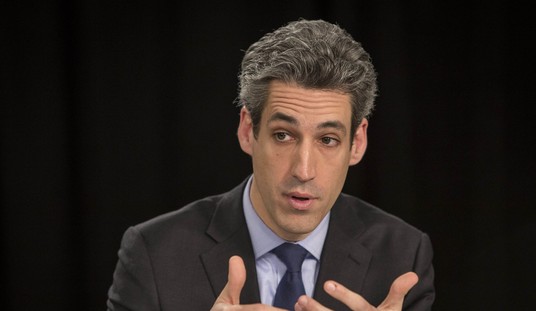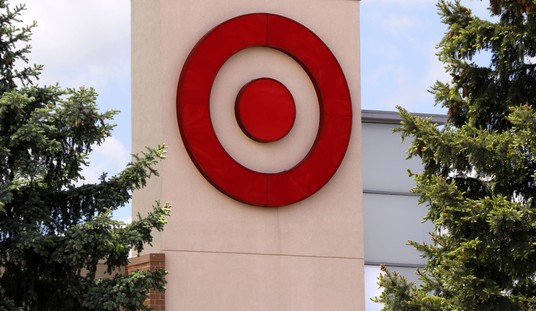On the eve of the sixth anniversary of the November 2019 uprising in Iran, when a sudden hike in fuel prices ignited one of the bloodiest nationwide revolts in the history of the Islamic Republic, the clerical regime finds itself in a disturbingly familiar position. Today, President Masoud Pezeshkian’s government is once again signaling its intent to raise fuel prices. For Tehran’s corrupt theocracy, this is not a mere economic decision. It is a political gamble with dynamite. Every such move exposes a tottering dictatorship trapped between economic collapse on one side and the terror of public fury on the other.
Iran’s economic implosion is not an accident of circumstance. It is the direct consequence of decades of corruption, sanctions triggered by the regime’s own belligerence, and the catastrophic incompetence of its ruling elite. A once-wealthy nation sits on the world’s second-largest gas reserves and fourth-largest oil reserves, yet its people queue for hours to buy fuel, food, or medicine. While millions are pushed beneath the poverty line, the mullahs and their Revolutionary Guard cronies gorge themselves on a kleptocratic empire worth hundreds of billions. This is not mismanagement. It is organized looting.
Facing a catastrophic budget deficit, made worse by sanctions the regime has brought upon itself, Tehran has begun taking covert steps toward another fuel price hike. On 5 November, state media quietly reported that emergency fuel cards (government-issued cards that regulate the amount of fuel you can purchase) had been removed from gas stations, leaving only personal cards usable. At the same time, Parliamentary committees are openly discussing a new, far higher price tier for unsubsidized fuel.
The result has already been chaos. On 9 November, reports surfaced of long queues, stranded vehicles, and furious drivers along major roads such as the Tehran–Qom highway. For countless Iranians, especially the poor who rely on emergency cards, fuel has suddenly become inaccessible. The regime insists this is a “technical adjustment.” Iranians know better. A bankrupt dictatorship that spends billions funding proxy militias in Gaza, Lebanon, Iraq, Syria, and Yemen has once again turned to its default survival strategy: emptying the pockets of its own citizens.
Recommended
Years of sanctions, imposed in response to the regime’s nuclear deceit, terrorism, and human rights abuses, have further starved the economy of legitimacy and investment. Yet rather than reform, the mullahs have responded by doubling down on corruption. The Islamic Revolutionary Guard Corps (IRGC) now controls more than 70% of Iran’s GDP through a labyrinth of front companies. Smuggling, money laundering, and embezzlement have become the primary engines of the economy. The ordinary Iranian pays the bill.
The very suggestion of a fuel price increase has already ignited panic within the ruling elite. During a stormy parliamentary session on 8 November, MP Amir Hossein Sabeti accused Pezeshkian of betraying his campaign promise not to raise fuel prices. The following day, parliament issued a formal warning to the president, expressing “grave concern” over the consequences of a price shock.
Others did not oppose the increase but begged for it to be rolled out so gingerly that it might not spark another uprising. MP Ramazanali Sangdouini pathetically urged the government to “prepare society” and support the poor before any price change. These are not the debates of a confident government; they are the frantic manoeuvres of men who know they are sitting atop a powder keg and are desperate to avoid being blamed when it explodes. The regime is paralyzed by fear, not of foreign enemies, but of its own people. And with good reason.
In November 2019, a sudden fuel price hike triggered protests across 28 provinces. Demonstrators chanted directly against Supreme Leader Ali Khamenei, a red line in the Islamic Republic. The regime responded with a “shoot-to-kill” order. Over 1,500 people were massacred. The internet was shut down. Entire families were hunted.
Today, the regime knows that another price increase risks lighting the same fuse. In a remarkable admission, the state-run Jomhouri newspaper quoted the regime’s founder, Ayatollah Khomeini: “Do not fear the outside… Fear the inside.” On 8 November, it recommended that this phrase be hung in the offices of senior officials as a warning that internal division, injustice, economic collapse, and corruption have created a crisis the regime “cannot confront.” For a dictatorship that has spent decades pretending to enjoy divine legitimacy, this is a devastating confession. Even the regime’s own propagandists now recognise that the real threat to the mullahs’ survival is not America, not Israel, not sanctions, but the Iranian people.
The structural rot is now too deep to conceal. Inflation has soared. The rial has become virtually worthless. Unemployment, particularly among the young, is catastrophic. The flight of skilled workers has hollowed out entire sectors. Foreign investment has evaporated. And mismanagement reigns supreme. The regime cannot even maintain its own refineries, some of which are operating at a fraction of capacity, because corruption has gutted the technical expertise required to run them.
Meanwhile, Iran’s poverty rate has surged above 50% in many provinces. Millions cannot afford basic necessities. And yet, rather than tackling corruption or curbing the power of the IRGC, the regime proposes more fuel hikes, more taxes, more repression. It is governing with a sledgehammer and a begging bowl. Khamenei’s dictatorship is caught in an impossible dilemma: it is too broke not to raise fuel prices, and too terrified to survive the public backlash if it does. This is not a policy failure. It is the inevitable consequence of a regime that has plundered its own nation for 46 years while exporting terror across the Middle East and across the world.
As the anniversary of the November 2019 uprising approaches, the explosive potential of a society driven to desperation is unmistakable. Iran’s people, young, educated, defiant, have not forgotten their martyrs. Nor have they abandoned their vision of a democratic republic. The clerical regime is a sinking ship of tyranny. And the Iranian people, backed by an organised resistance, are determined to ensure it finally goes under.
Struan Stevenson is the Coordinator of the Campaign for Iran Change (CiC). He was a member of the European Parliament representing Scotland (1999-2014), president of the Parliament's Delegation for Relations with Iraq (2009-14) and chairman of the Friends of a Free Iran Intergroup (2004-14). He is an author and international lecturer on the Middle East.
Editor’s Note: Do you enjoy Townhall’s conservative reporting that takes on the radical left and woke media? Support our work so that we can continue to bring you the truth.
Join Townhall VIP and use the promo code FIGHT to get 60% off your VIP membership!























Join the conversation as a VIP Member